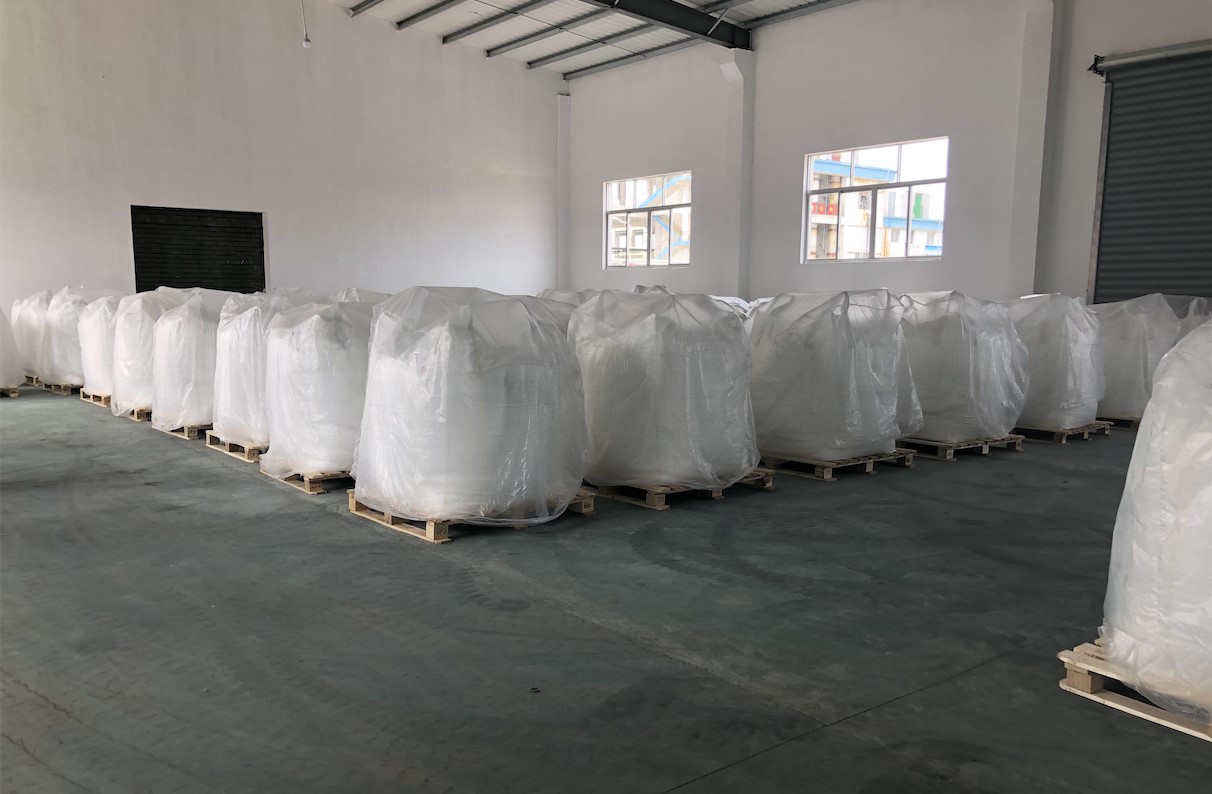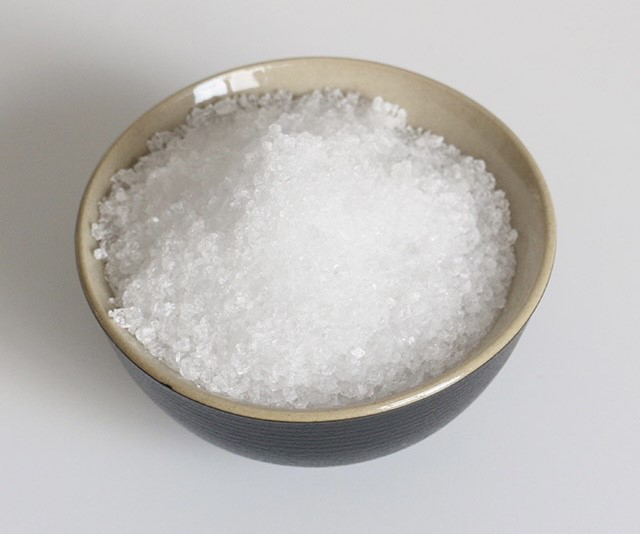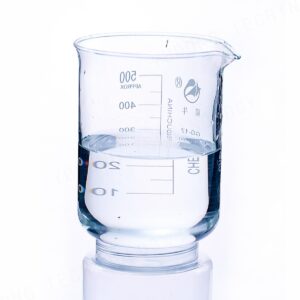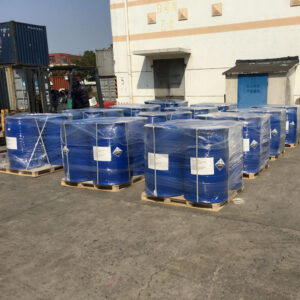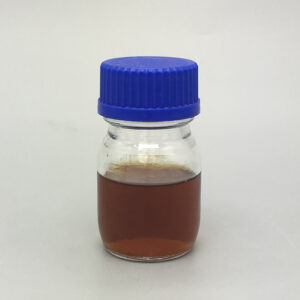Description
🔍 Technical Specifications of Neopentyl Glycol
| Property | Specification |
|---|---|
| Chemical Name | Neopentyl Glycol |
| Chemical Formula | C₅H₁₂O₂ |
| CAS Number | 126-30-7 |
| Appearance | White crystalline solid or flakes |
| Purity | ≥ 99.5% |
| Melting Point | 126 – 130°C |
| Boiling Point | 210°C (at 760 mmHg) |
| Density | ~1.06 g/cm³ at 20°C |
| Hydroxyl Value | 1070 – 1120 mg KOH/g |
| Solubility | Soluble in water, alcohols, and esters |
| Packaging | 25 kg bags, 500 kg jumbo bags, or bulk |
| Storage | Cool, dry, and well-ventilated environment |
💡 Applications of Neopentyl Glycol
1. Polyester Resins & Powder Coatings
NPG is a primary raw material in saturated polyester resins, widely used in automotive and industrial powder coatings. Its structure improves weather resistance, color retention, and film durability.
2. Alkyd Resins for Paints
It enhances the gloss, hardness, and chemical resistance of alkyd paints and enamels. NPG’s resistance to hydrolysis is especially valuable in outdoor applications.
3. Plasticizers and Lubricants
Used in the production of esters, Neopentyl Glycol acts as a base for synthetic lubricants and plasticizers, particularly for high-performance applications requiring thermal and oxidative stability.
4. Adhesives and Sealants
NPG improves the adhesion strength, flexibility, and chemical resistance in adhesives, helping to extend the service life of bonded materials.
✅ Key Benefits of Neopentyl Glycol
-
✔️ Excellent heat and hydrolysis resistance
-
✔️ Improved weather and UV stability for coatings and resins
-
✔️ Enhances mechanical strength and surface properties
-
✔️ High purity and consistency for industrial production
-
✔️ Versatile across multiple applications and polymer systems
⚠️ Safety & Handling
-
Non-toxic under normal handling, but dust may cause irritation
-
Use PPE (gloves, goggles, dust mask) during handling
-
Store in dry, sealed containers to prevent moisture uptake
-
Dispose of in accordance with local regulations
📌 Conclusion
Neopentyl Glycol is an essential intermediate for the modern chemical industry, prized for its chemical stability, thermal resistance, and performance-enhancing properties. Whether used in coatings, resins, or specialty esters, NPG delivers reliability, longevity, and high performance across a wide range of end products. Its strong resistance to environmental stressors makes it a preferred diol in applications where durability and aesthetic quality are critical.


